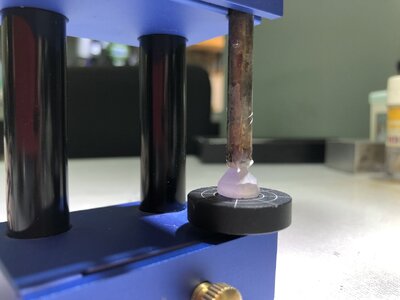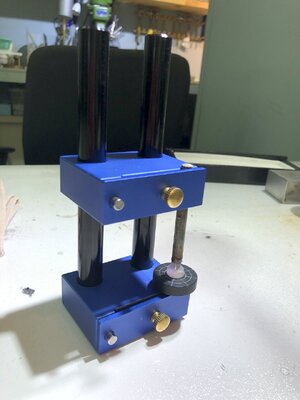Double E
Brilliant_Rock
- Joined
- Jun 23, 2018
- Messages
- 956
Haven’t been posting for quite a while, I have finally started learning basic gem faceting.
It went quite smoothly, of course with a number of beginner mistakes, but enjoyable. After finishing my first cut stone of simple design in the first lesson, I can now say that I like it after trying. Hopefully to cut one or two more of different designs before this workshop ends. And it’s also accessible for me to continue after that by renting cutting machines.
Feels good to develop a new hobby. And I am wondering where I can buy and get roughs suitable for beginners?
It went quite smoothly, of course with a number of beginner mistakes, but enjoyable. After finishing my first cut stone of simple design in the first lesson, I can now say that I like it after trying. Hopefully to cut one or two more of different designs before this workshop ends. And it’s also accessible for me to continue after that by renting cutting machines.
Feels good to develop a new hobby. And I am wondering where I can buy and get roughs suitable for beginners?
















300x240.png)